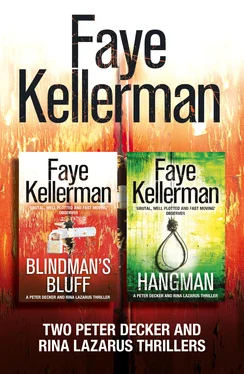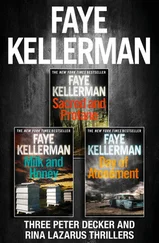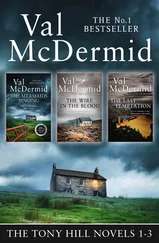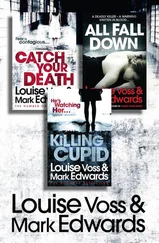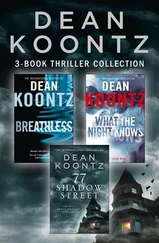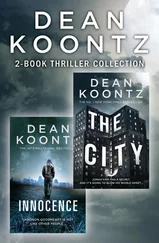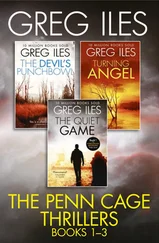About two hundred yards into the drive, Decker saw a parking lot filled with a half-dozen squad cars, the coroner’s van, a half-dozen TV vans with satellites and antennas, several forensic vans, and another eight unmarked cars, and there was still room to spare. The media had set up shop, with enough artificial illumination to do microsurgery because each network and cable TV station had its own lighting, its own camera and sound people, its own producers, and its own perky reporter waiting for the story. The mob longed to be closer to the hot spot, but a barrier of yellow crime scene tape, cones, and uniformed officers kept them corralled.
After showing his badge, Decker ducked under the tape and walked the distance to the entrance on foot, passing meticulously barbered mazes of boxwood elms outlining the formal gardens. Inside the shrubbery were different groupings of spring flowers, including but not limited to roses, irises, daffodils, lilies, anemones, dahlias, zinnias, cosmos, and dozens of other types of flora he didn’t recognize. Somewhere close by were gardenias and night-blooming jasmine, infusing death with a sickly sweet fragrance. The flagstone walkway cut through several rows of blooming citrus. Lemon trees, if Decker had to make a guess.
Two officers were guarding the front door. They recognized Decker and waved him through. The interior lights were also on full blast. The entry hall could have been a ballroom in a Spanish castle. The floor was composed of heavy planks of old, hardened wood—irregular with a patina that no contrived distressing could manufacture. The ceiling soared and was lined with massive beams that had been carved and embellished with petroglyphs, the cave figures looking like something found in the Southwest. The walls were festooned with layers of gilt paneling and held museum-sized tapestries. Decker would have probably kept gawking, enraptured by the sheer size of the place, had he not caught the eye of a uniform who motioned him forward.
Proceeding down a half-dozen steps, he walked into a living room with double-height ceilings and more painted beams. Same hardwood on the floor, only most of it was covered with dozens of authentic-looking Navajo rugs. More gilt paneling, more tapestries along with enormous art canvases of bloody battles. The room was furnished with mammoth-sized couches, chairs, and tables. Decker was a big guy—six four, 220-plus pounds—but the scale of his surroundings made him feel positively diminutive.
Someone was talking to him. “This place is bigger than the college I attended.”
Decker regarded Scott Oliver, one of his crack Homicide detectives. He was in his late fifties and carried his age very well, thanks to good skin and repeated rounds of black hair dye. It was almost four in the morning, yet Oliver had dressed like a CEO at a board meeting: black pin-striped suit, red tie, and a starched and pressed white shirt.
“It was only community college, but the campus was still pretty big.”
“Do you know the square footage?”
“A hundred thousand, give or take.”
“Man oh man, that is …” Decker stopped talking because words were failing him. Although there was a uniformed officer at each doorway, there were no evidence markers on the floor or on the furniture. No one from CSI was busy dusting or dabbing. “Where’s the crime scene?”
“The library.”
“Where’s the library?”
“Hold on,” Oliver told him. “Let me get my map.”
Конец ознакомительного фрагмента.
Текст предоставлен ООО «ЛитРес».
Прочитайте эту книгу целиком, купив полную легальную версию на ЛитРес.
Безопасно оплатить книгу можно банковской картой Visa, MasterCard, Maestro, со счета мобильного телефона, с платежного терминала, в салоне МТС или Связной, через PayPal, WebMoney, Яндекс.Деньги, QIWI Кошелек, бонусными картами или другим удобным Вам способом.
